Crabs in a Pot: Why We Tear Each Other Down Over Filipino Food
What in the actual crab mentality is this? Each time Filipino food gains global attention, we question who among us deserves to speak for it, revealing a long-standing pattern of internal conflict haunting Filipino culinary identity for generations.
This pattern cannot be understood without recognising the country’s colonial history. During Spanish rule, divide-and-rule strategies fractured Filipino society along regional and class lines, pitting communities against each other and undermining a unified identity (Agoncillo 1990). This entrenched regionalism laid the groundwork for mistrust and competition, particularly over authenticity in culture and cuisine.
Cultural psychologist Virgilio Enriquez (1992), founder of Sikolohiyang Pilipino, identified how colonial oppression cultivated feelings of hiya (shame) and inggit (envy) as psychological defences. Left unaddressed, these emotions manifest as crab mentality, where success by one Filipino is met with suspicion instead of celebration.
The scarcity mindset created by centuries of exploitation compounds this. Postcolonial theorists like Fanon (1963) show how colonised societies internalise beliefs that opportunities are finite. In the Filipino context, this leads to zero-sum thinking: one person’s rise feels like a threat to others’ prospects.
David and Okazaki (2006) describe this as colonial mentality, the internalised perception that Filipino identity is inferior, and that legitimacy comes only from external, often Western, validation. This contradiction means that recognition abroad can evoke both pride and resentment within the community.
Social comparison theory (Festinger 1954) helps explain why. In societies historically denied opportunities, individuals measure self-worth by comparing themselves to peers. Recognition of one Filipino can provoke feelings of inadequacy in others, reinforcing division.
Regional pride, though vital to Filipino identity, can deepen these rifts. Constantino (1975) argues that colonial legacies of regionalism still undermine national cohesion. Disputes over which region’s adobo or lechon is “truly” Filipino exemplify how historical divisions fracture collective pride.
These patterns are amplified by social media, which rewards outrage over nuance. Sunstein (2017) shows that online environments polarise discussions, making reflective dialogue harder.
The result is a cycle of internal conflict that obscures the real issues: systemic biases and external forces that erase, appropriate, or exploit Filipino food without respect or context. Instead of questioning each other, we must confront these structures, champion diverse voices, and build solidarity so Filipino cuisine is recognised in all its complexity.
Same Faces, Same City: How Media Keeps Filipino Food Small
Who champions Filipino cuisine cannot be separated from how it has been presented by local and international media. For decades, global portrayals of Philippine culture have disproportionately focused on Manila, perpetuating a narrow, often elite perspective of what Filipino food should look and taste like.
This dynamic is not unique to the Philippines. Said’s (1978) concept of Orientalism describes how Western institutions simplify and stereotype entire cultures through selective storytelling. In our context, this appears in stories privileging cosmopolitan Manila over regional or indigenous narratives. As Fernandez (1988) argued in Tikim, Filipino food has always been shaped by migration, trade, and regional diversity, yet global platforms often highlight only glossy, urban iterations.
Modern food media intensifies this bias. Bourdieu (1984) theorised that cultural capital dictates which foods and cooks are deemed worthy of recognition. High-profile magazines, networks, and streaming services prioritise personalities who fit fine-dining frameworks, often those with formal training or fluent English, over grassroots cooks or regional vendors.
A bridging example can be seen in shows like Somebody Feed Phil, which, despite sincere intentions to spotlight Filipino food, frequently centre Manila-based chefs or influencers who align with a Western gaze. Many do excellent work, but the repetition of similar profiles narrows Filipino cuisine’s perceived breadth.
This imbalance exists within the Philippines too. Salazar (1997) highlighted how colonial and post-colonial governance entrenched Manila as the nation’s political, economic, and cultural centre, marginalising voices from Mindanao, the Cordilleras, or the Visayas. Indigenous foodways, in particular, are often left out entirely, despite offering some of the archipelago’s most original culinary traditions.
Repeated Manila-centric narratives fuel frustration. Diaspora Filipinos and regional communities see the same stories retold while their own culinary heritage remains invisible. This can lead to resentment not just towards external gatekeepers, but also towards fellow Filipinos who, intentionally or not, become the faces of these narrow portrayals.
It’s important to acknowledge my own relationship with Manila. If I were to move back to the Philippines, it’s the city where I see the greatest opportunity to grow, connect, and contribute to the evolving culinary scene. Manila is home to some of my favourite restaurants and bars in the world, and I’ve had truly mind-blowing experiences there that have shaped how I see Filipino food’s future. Its energy, diversity, and potential are undeniable. But this is exactly why it’s essential to broaden the city’s narratives, so that its success lifts the entire archipelago rather than overshadowing it.
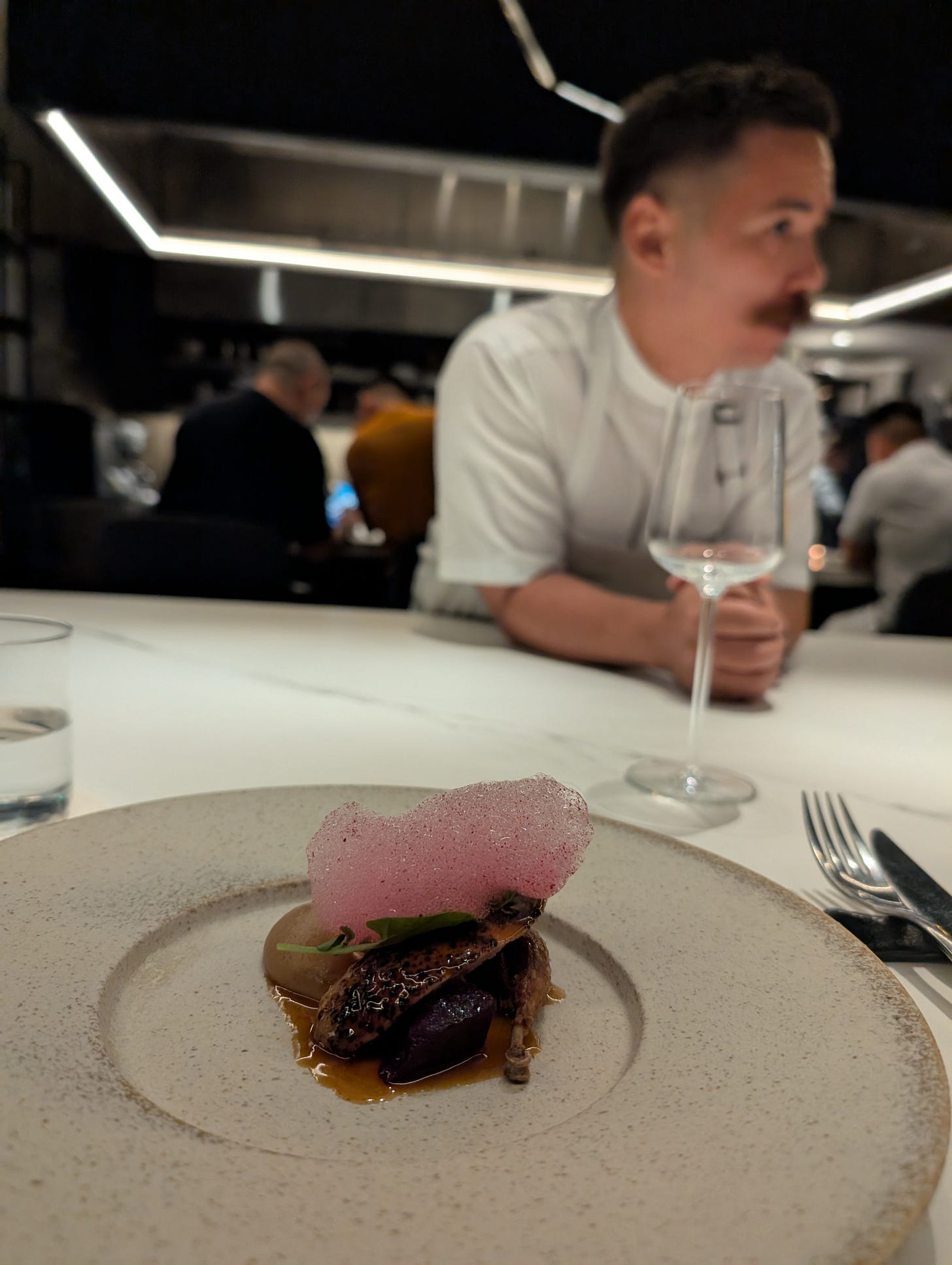
Yet even as Manila’s opportunities inspire me, they also highlight how easily our community can become divided over who gets visibility. That tension came into sharp focus recently in the backlash sparked by the Somebody Feed Phil episode filmed in Manila.It is crucial, however, to recognise the irony of criticism aimed at those featured in that episode. Platforms like Featr, for example, have actively documented and amplified regional food stories, from Tausug satti in Zamboanga to Ilokano papaitan and Visayan home kitchens. These efforts show how individuals can use their platforms to expand, rather than limit, the narrative of Filipino cuisine.
The backlash from the Somebody Feed Phil episode highlights how misunderstandings can spiral into conflict. In the show, Erwan Huessaff was described as “an Instagram titan with millions of followers, and he is a champion of the Filipino cuisine.” Much of the criticism arose from confusion over whether he was called the champion or simply a champion of Filipino food, a nuance easily lost in translation or clouded by language barriers. This episode shows that frustration with systemic patterns can quickly turn into personal attacks, even against those working in good faith.
It is essential to distinguish structural problems from individual actions. While critiques of Manila-centrism are valid, focusing blame on individuals diverts energy from the root issues. We must interrogate the media systems and cultural hierarchies themselves, not just those who happen to occupy the spotlight.
To celebrate Filipino cuisine inclusively, we must advocate for platforms, publishers, and producers to invest in regional stories, indigenous foodways, and diverse voices across the archipelago. Only by challenging entrenched biases can Filipino food be recognised for its full diversity and depth.
From Halaya to Hype: How the West Flattens Filipino Flavours
Beyond who champions Filipino food, how our ingredients are treated globally exposes how external systems exploit our culinary identity. Commodification of flavours like ube and adobo reflects patterns as old as colonial trade: transforming culturally rooted foods into exoticised products stripped of meaning.
Take ube. For generations, it has been central to Filipino sweets like halaya and ice cream, symbolising abundance and festive joy. Yet recent Western media have labelled it the “new matcha” (Bon Appétit 2023; The Guardian 2024), marketing it as a quirky purple novelty rather than a product of deep cultural tradition. While visibility can open doors, it risks flattening ube into a passing trend, vulnerable to the same boom-and-bust cycles that have consumed other “discoveries” from the Global South.
This reflects what culinary historians describe as the colonial gaze: extracting value from cultural products without acknowledging their origins (Mintz 1985). Sugar, coffee, and chocolate were globalised through colonial exploitation, their histories erased to suit Western tastes. Filipino ingredients now face similar dynamics, as global brands and influencers incorporate adobo, calamansi, and pandan without context or credit.
Appadurai’s (1988) concept of gastro-politics describes the struggle over who controls food’s meaning, legitimacy, and economic value. When Pret A Manger launches an ube latte in the UK without even nodding to its Filipino roots, it shows how businesses exploit cultural capital while excluding the communities who gave those ingredients life.
Social media influencers, chefs, and restaurants — Filipino and non-Filipino alike — can also perpetuate extractive relationships if they fail to research, credit, or honour the cultures behind these foods. As Heldke (2003) argues in Exotic Appetites, culinary “adventurism” becomes cultural appropriation when ingredients are treated as trophies rather than stories.
Addressing these issues requires more than pointing fingers. We must rethink how we, as a global community of cooks, eaters, and entrepreneurs, engage with food from cultures not our own. Respectful use of ingredients means understanding their history, supporting the communities who sustain them, and challenging narratives that treat them as mere commodities.
During my recent trip to El Nido, I worked with local farmers, fishers, and producers to create a chef takeover series rooted in place, people, and story. This first season, alongside guest chef Ivan Tisdall-Downes, honoured ingredients and the region’s traditions. Our goal remains the same: to foster understanding and respect before innovation or presentation, showing Filipino food as deeply connected to land, culture, and community.
This experience reaffirmed that championing Filipino food is not about ownership or novelty. It is about forging relationships, giving credit, and amplifying the voices of those who have long nurtured the land and culinary traditions. If more of our storytelling approached food with humility and responsibility, we could break cycles of commodification and build systems that honour rather than exploit.
By recognising patterns of commodification as extensions of colonial dynamics and committing to practices rooted in respect and reciprocity, we can build a food culture where Filipino cuisine, and the ingredients defining it, are celebrated for their full cultural and historical significance.
Stop Fighting, Start Building: Why Solidarity Matters for Filipino Cuisine
The question of who gets to champion Filipino food is not trivial, but it should not consume energy better spent building the collective pride our cuisine deserves. By examining the colonial roots of crab mentality (Enriquez 1992), the scarcity mindset born of exploitation (Fanon 1963), and systemic media biases (Said 1978; Bourdieu 1984), it is clear recurring conflicts over authenticity and representation are not accidents. They are echoes of a past still shaping our present.
But Filipino food merits more than a community afraid of its own champions. It deserves cooks, writers, vendors, and storytellers who stand together, amplifying each other’s voices in ways that build collective strength and pride.
This solidarity must extend beyond our community. We must challenge external systems that commodify our ingredients and flatten our stories. We must hold media platforms, publishers, brands, and influencers accountable for framing Filipino food with context, credit, and complexity. Only then can we move from questioning who has the right to champion our cuisine, to asking how we can all contribute to its rightful place on the global stage.
My last meal of a two-month Philippines trip, shared at Trining’s Kitchen Stories in Manila, reminded me why this work matters. Gathered around pinakbet, papaitan, laing, and other dishes rooted in our diverse regions, I felt welcomed as kin rather than guest. Conversations with Chef Jayson and others reflected the unspoken burden many of us carry: building Filipino flavours in cities that question them at every turn, asking them to shrink before they are allowed to exist. At Trining’s, the table felt like a homecoming, a moment of shared courage where grief and longing transformed into hope.
Solidarity, not suspicion, will secure the future Filipino cuisine deserves. By cooking, sharing, writing, and speaking together, and celebrating every champion who carries our flavours forward with love, knowledge, and humility, we can build the inclusive, complex, and joyful food culture our heritage demands.
References
Agoncillo, T.A. (1990). History of the Filipino People.
Appadurai, A. (1988). Gastro-politics in India. American Ethnologist, 15(3), 494–511.
Bourdieu, P. (1984). Distinction: A Social Critique of the Judgement of Taste.
Constantino, R. (1975). The Philippines: A Past Revisited.
David, E.J.R., & Okazaki, S. (2006). Colonial mentality: A review and recommendation for Filipino American psychology. Cultural Diversity and Ethnic Minority Psychology, 12(1), 1–16.
Enriquez, V.G. (1992). From Colonial to Liberation Psychology: The Philippine Experience.
Fanon, F. (1963). The Wretched of the Earth.
Fernandez, D.G. (1998). Tikim: Essays on Philippine Food and Culture.
Festinger, L. (1954). A theory of social comparison processes. Human Relations, 7, 117–140.
Heldke, L. (2003). Exotic Appetites: Ruminations of a Food Adventurer.
Mintz, S.W. (1985). Sweetness and Power: The Place of Sugar in Modern History.
Said, E.W. (1978). Orientalism.
Salazar, Z. (1997). Pantayong Pananaw: Ugat at Kabuluhan.
Sunstein, C.R. (2017). #Republic: Divided Democracy in the Age of Social Media.






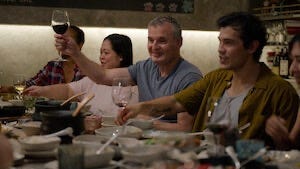
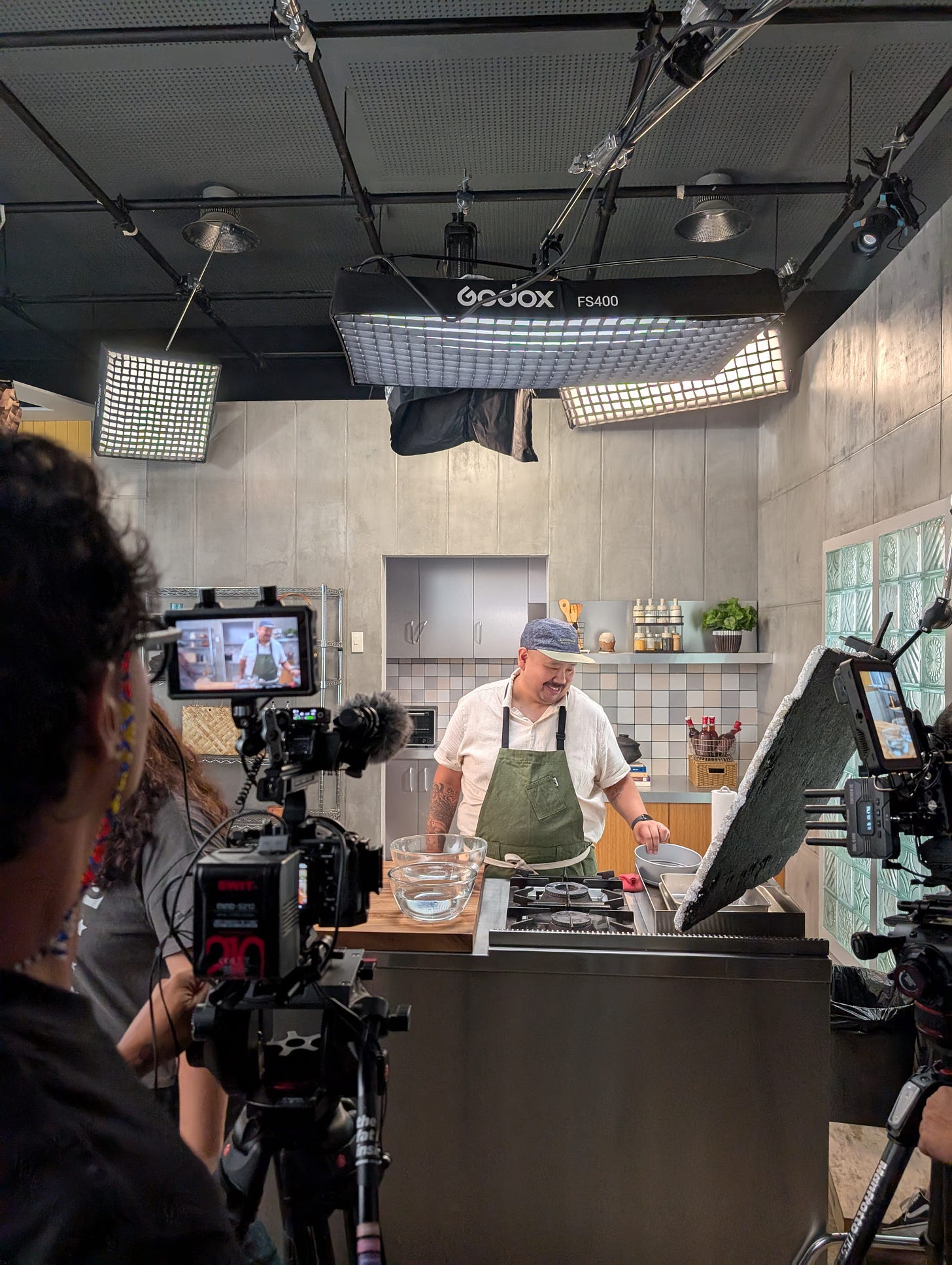


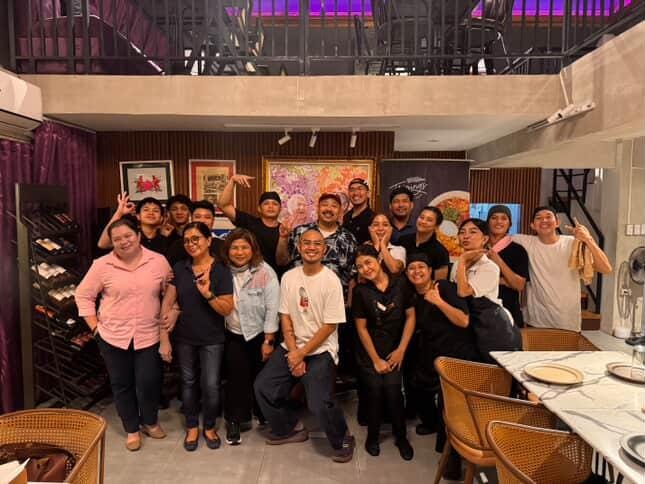
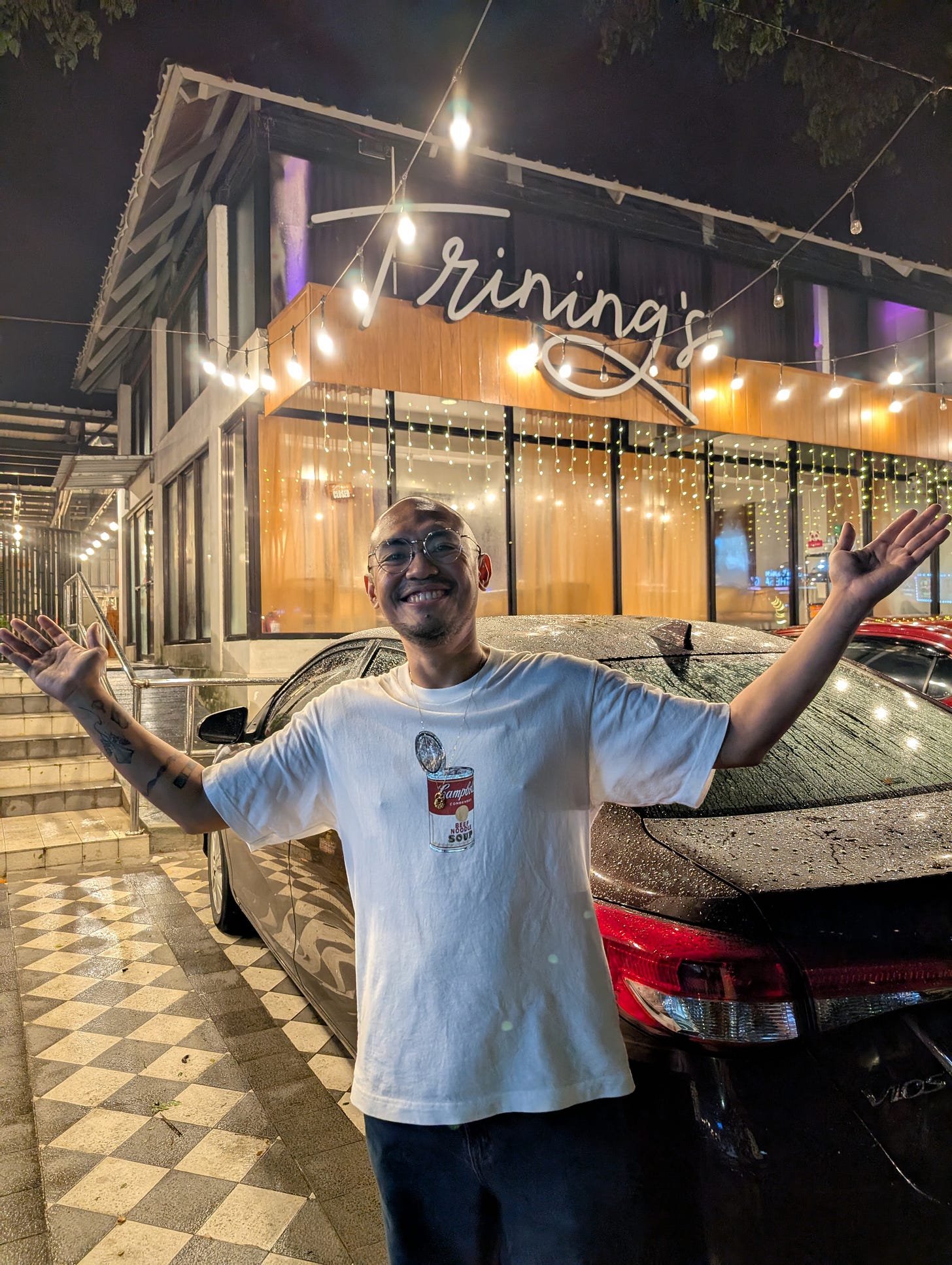
A profound overview of the Filipino food scene. I see you as a disruptor and making change great, all for the benefit of how people perceive cuisine from the Philippines - and making it less Manila centric. It would be like just focussing on Lombardy (for cucini Italiani), or cuisine Normade for French gastronomie! Keep pushing forward chef you are breaking down barriers!
This is excellent writing, and real food for thought (pun cringingly inevitable). I like the way you mix anecdote/experience with academic analysis. Thanks for taking the time to approach the topic so thoughtfully.